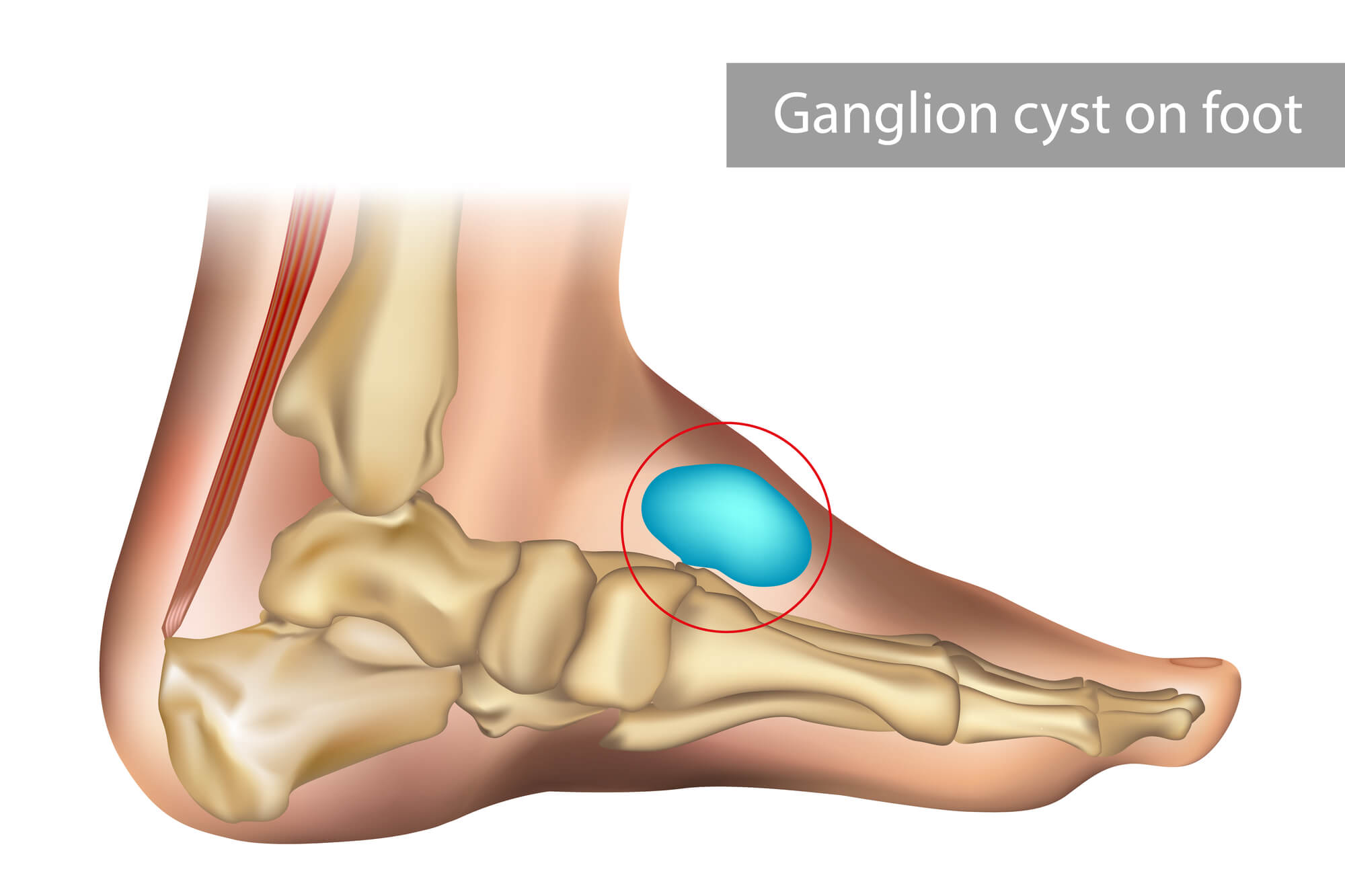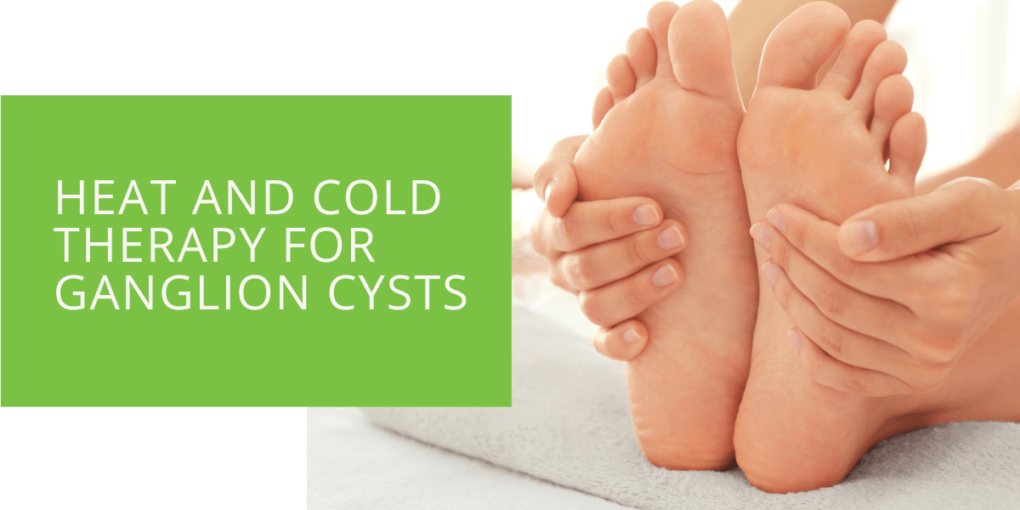Heat and Cold Therapy for Ganglion Cysts
Ganglion cysts are fluid-filled sacs that develop near joints or tendons and can cause pain, discomfort, and numbness in the affected area. They are often found on the foot, hand, or wrist and can vary in size and location. While various treatment options are available for ganglion cysts, heat and cold therapy can effectively reduce pain and inflammation associated with these cysts. This article will explore heat and cold therapy for ganglion cysts.
What Are Heat and Cold Therapy?
Heat therapy involves using warm compresses or heating pads to increase blood flow and promote relaxation of the affected area. This can help to reduce pain and stiffness caused by ganglion cysts. On the other hand, cold therapy involves using ice packs or cold compresses to numb the affected area and reduce inflammation.
Heat and cold therapy can be used to treat ganglion cysts, depending on the cyst's size, location, and symptoms. It is important to consult with a podiatrist or an orthopedic surgeon before using heat and cold therapy to treat ganglion cysts to determine which approach best suits your individual needs.

How to Use Heat Therapy for Ganglion Cysts
Heat therapy can be a simple and effective way to alleviate pain and discomfort associated with ganglion cysts. To use heat therapy, follow these steps:
- Prepare a warm compress or heating pad.
- Place the compress or heating pad on the back of the wrist or affected area.
- Leave the compress or heating pad on for 15-20 minutes.
- Repeat the process as necessary, but do not overheat the area.
It is important to avoid using heat therapy if you have an open wound or inflammation in the affected area. Also, do not use heat therapy for longer than 20 minutes at a time.
How to Use Cold Therapy for Ganglion Cysts
Cold therapy can reduce inflammation and numbness associated with ganglion cysts. To use cold therapy, follow these steps:
- Prepare an ice pack or cold compress.
- Place the ice pack or cold compress on the affected area for 10-15 minutes.
- Repeat the process as necessary, but do not leave the ice pack on for too long.
- Always wrap the ice pack or cold compress in a cloth or towel to prevent skin damage.
It is important to avoid using cold therapy if you have poor circulation or a condition such as Raynaud's disease, which can cause numbness and tingling in the affected area.
Combination Therapy: Using Heat and Cold Together
Combination therapy, which involves using heat and cold therapy together, can effectively reduce pain and inflammation associated with ganglion cysts. To use combination therapy, follow these steps:
- Apply heat therapy for 10-15 minutes to increase blood flow and promote relaxation of the affected area.
- Apply cold therapy for 5-10 minutes to reduce inflammation and numbness in the affected area.
- Repeat the process as necessary, but do not overheat or over-cool the area.
It is important to consult with a podiatrist or an orthopedic surgeon before using combination therapy to treat ganglion cysts.

When to Use Heat and Cold Therapy for Ganglion Cysts
Heat and cold therapy can reduce pain and inflammation associated with ganglion cysts, but it is important to use these therapies appropriately. Heat therapy is recommended for ganglion cysts that cause pain or stiffness, while cold therapy is recommended for cysts that cause inflammation or numbness. If you are unsure which therapy to use, consult a podiatrist or an orthopedic surgeon for a proper diagnosis and treatment plan.
It is important to avoid using heat and cold therapy for ganglion cysts if you have a cancerous cyst, as these therapies may worsen the condition. Also, heat and cold therapy may not effectively reduce pain or inflammation if the cyst is located on the tendon sheath or stalk.
If you use a brace or splint to immobilize the affected joint or tendon, it is important to avoid applying heat or cold therapy directly to the brace or splint. Instead, use a cloth or towel to cover the affected area before applying the therapy.
Conclusion
Heat and cold therapy can be an effective treatment option for reducing pain and inflammation associated with ganglion cysts. However, it is important to use these therapies appropriately and to consult with a podiatrist or an orthopedic surgeon before using them. If you have foot or ankle conditions that may require medical attention, consult a podiatrist who can help you understand your options and provide the care you need to get back to your daily activities.

